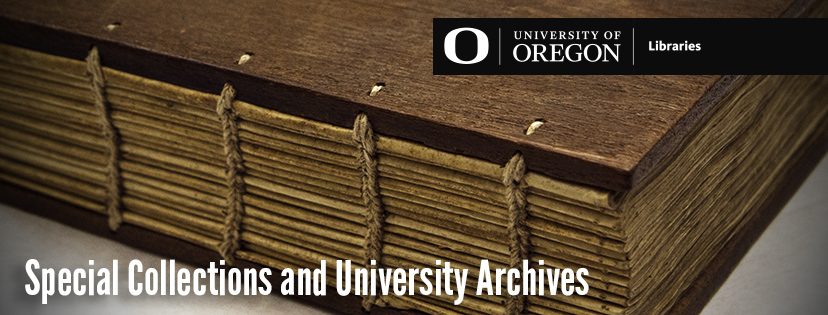New Acquisition: Account of the Abolition of the Slave Trade, 1808
UO Special Collections now holds both the London and Philadelphia editions of Thomas Clarkson’s influential The History of the Rise, Progress, & Accomplishment of the Abolition of the African Slave Trade by the British Parliament (1808). The London edition is a recent acquisition. Clarkson’s two volume history recounts the British anti-slavery movement in the decades leading up to the abolition of the slave trade in 1807. The volumes contain 3 engravings, one of which depicts the iconic Description of a Slave Ship, first printed as a broadside in 1789.
Thomas Clarkson (1760-1846) was a prominent leader of the abolitionist movement in England from 1785 until his death. He wrote several influential anti-slavery tracts throughout his life and co-founded the Committee for the Abolition Slave Trade in 1787. The Committee drummed up popular support for abolition by circulating books and pamphlets that exposed the horrors of the trade. Their successful campaign and pressure on Parliament led to the passing of the Slave Trade Act of 1807, effectively banning the trade throughout the British empire.
Clarkson’s The History…of the Abolition of the African Slave Trade narrates the activities of the Committee, as well as his own efforts to further its cause. He recounts his years spent travelling to England’s major slave-trading ports and the damning evidence he found there. Clarkson employs highly sentimental and emotive language when relating this evidence to underscore the injustice and inhumanity of the trade. As literary historian Brycchan Carey explains, “Clarkson held that abolition was a triumph of a Christian humanitarian ethos that naturally came to the fore when the true facts about slavery were revealed to the public by campaigners such as himself” (10).
Clarkson did not just rely on language to relate these “true facts.” The first plate (figure 1) depicts the instruments of bondage and torture used in the slave trade: shackles, thumbscrews, and a speculum oris (a device used to force open the mouths of the enslaved). A fold out plate in the second volume (figure 2) shows the plan of the slave ship Brookes. The birds eye view and cross-section of the ship, Clarkson wrote “was designed to give the spectator an idea of the sufferings of the Africans in the Middle Passage…this print seemed to make an instantaneous impression of horror on all who saw it” (90). The Committee for the Abolition of the Slave Trade first created and circulated the plate in 1789. The public outrage caused by the print accelerated the anti-slavery movement in England and America.
Physical Description:
Clarkson, Thomas. The History, rise, progress, and accomplishment of the abolition of the African Slave-Trade by the British Parliament. London: Printed by R. Taylor and Co., Shoe-Lane, for Londman, Hurst, Rees, and Orme, Paternoster-Row, 1808.
The London edition in SCUA holdings has been rebound with marbled paper boards, leather spine and corners, red label on spine with title lettered in gilt, six panels on spine, raised bands. Purchased August 2021 from Reagan’s Rare Books. All 3 plates are present.
The American printing of Clarkson’s work was subsequently published in the same year [1808] in Philadelphia, considered a stronghold of Quaker abolitionists. It was originally issued with 3 plates, including the very famous plate showing slaves packed into the hold of a vessel. This scarce American Edition of Clarkson’s history of Abolition was until recently stored in the UO Library’s circulating collection and the fold-out plate is now missing.
Clarkson, Thomas. The History, rise, progress, and accomplishment of the abolition of the African Slave-Trade by the British Parliament. First American, From the London Edition. Philadelphia: Published by James P. Parke, No. 119 High Street, 1808
Vol. 1: 455, [1] p., 1 leaf of plates
Vol. 2: 468 p. [1] p.
The Philadelphia edition in SCUA holdings lacks 1 folded plate from Volume 1 and 1 folded plate from Volume 2. The books have been library re-bound in buckram.
References:
Carey, Brycchan. British Abolitionism and the Rhetoric of Sensibility. London: Palgrave Macmillan, 2005.
Oxford Dictionary of National Biography. “Clarkson, Thomas (1760–1846), Slavery Abolitionist.”
Wyman‐McCarthy, Matthew. “British Abolitionism and Global Empire in the Late 18th Century: A Historiographic Overview.” History Compass 16, no. 10 (2018).
–Michele Pflug, SCUA Special Projects Intern and UO History Doctoral Student




Memory, Accountability, and Social Justice is the subtitle of Randall C. Jimerson’s book: Archives Power. An exemplary item.